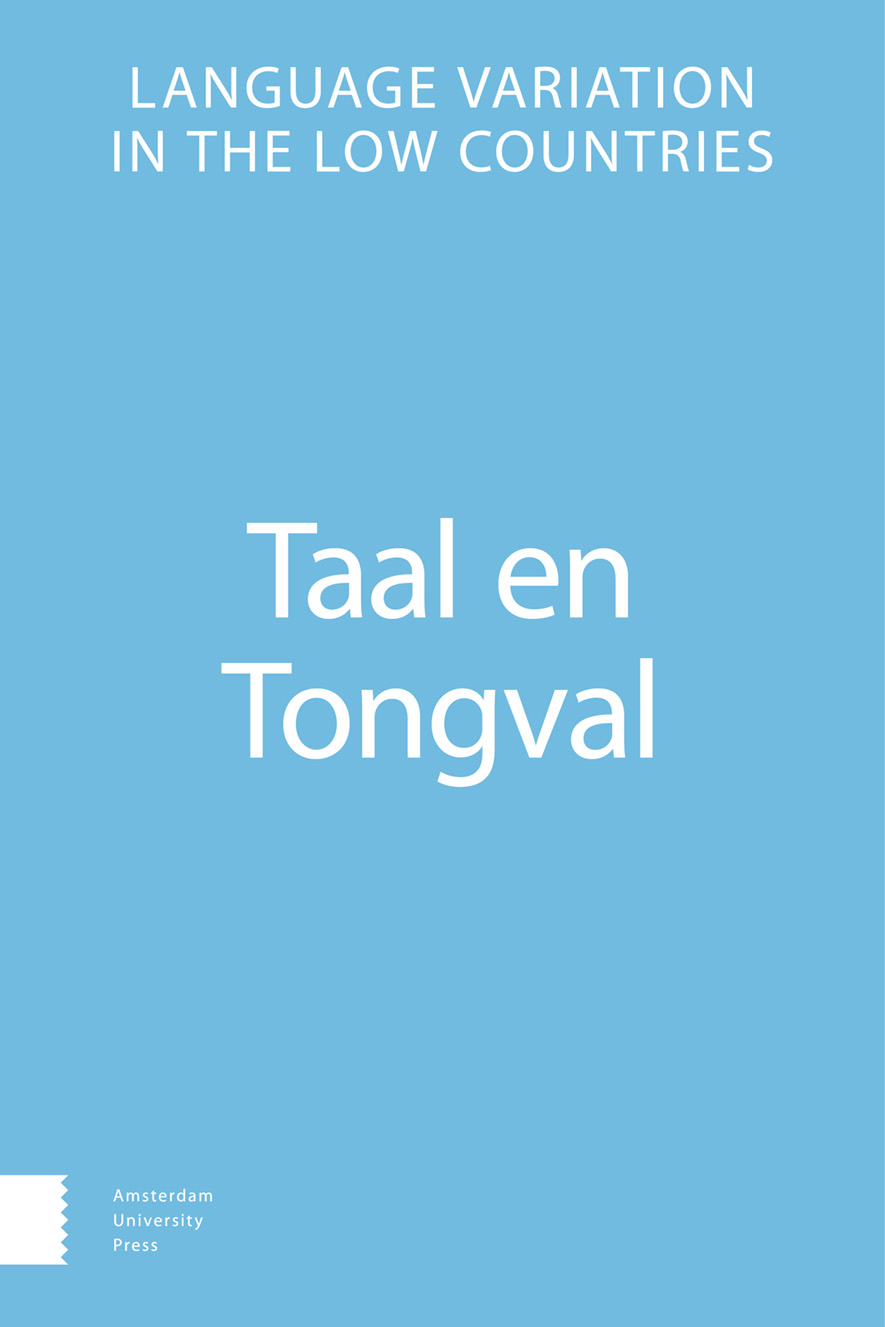- Home
- A-Z Publications
- Taal en Tongval
- Previous Issues
- Volume 61, Issue 2, 2009
Taal en Tongval - Volume 61, Issue 2, 2009
Volume 61, Issue 2, 2009
-
-
Ne zelfzekere leraar of gewoon nen enthousiaste mens? Een matched-guise onderzoek naar de attitude tegenover tussentaal bij West-Vlamingen
More LessAuthor: Anne-Sophie GhyselenThis paper presents the results of a research conducted in West-Flanders on the attitudes towards tussentaal, a Flemish substandard language variety. This research aims to answer three questions pertaining to these attitudes. The first question is what the impact of the variable ‘age’ is on the attitudes towards tussentaal. Although previous research has been conducted on attitudes towards this language variety, so far no attention has been paid to age-specific patterns in these attitudes. The second question is which tussentaal elements can account for certain positive or negative attitudes towards the variety as a whole. In order to answer this question, this research will focus on definite and indefinite article forms that are typical for tussentaal with the aim of discovering how people perceive the tussentaal forms with respect to the standard forms. This field of research is relatively unexplored, which entails some methodological issues. As such, this part of the research can be considered a methodological experiment. The third and final question is what impact the frequency of the tussentaal article forms has on the attitude of the informants. These three questions are discussed more elaborately in the first part of this paper. The design of the research (the variables and the methodology) is explained in the second part. The final part of this paper presents the results of the research.
-
-
-
De belangstelling voor het Bargoens
More LessAuthor: Paul Van Hauwermeiren‘Bargoens’ is a Dutch sociolect of ambulatory marginal groups, which in the presence of outsiders is also spoken as a secret language. The mysterious group language has for five centuries enjoyed non–insiders. The external interest is proven by the use of the ‘Bargoens’ in literary texts (since the beginning of the sixteenth century), as well as by dozens of publications on ‘Bargoens’ from the end of the nineteenth century onwards. During the last decades, besides collections of words, also descriptions have appeared, such as monographic publications on local variants and on divergent aspects of the ‘Bargoens’. This article largely deals with the pre–scientific interest for the ‘Bargoens’ as it reveals itself by publications on this secret group language. So this is a summary history of the science of Bargoens in the making, as well as a survey of the literature in and on the ‘Bargoens’. This article aims at a literary survey as complete as possible. References are made to some two hundred titles.
-
-
-
Schuiven met kavels in de Nederlandse NC: bespreking van Van de Velde (2009).
More LessAuthor: Albert Oosterhof|| Van de Velde, F. (2009). De nominale constituent. Structuur en geschiedenis. Leuven, Universitaire Pers Leuven. Dit boek is een handelseditie van het proefschrift van de auteur. Dat blijkt ook uit de opzet van het boek: het is geen handboek waarin volledigheid wordt nagestreefd, maar de auteur bespreekt een aantal interessante aspecten van de syntaxis van de nominale constituent en daarmee gepaard gaande taalveranderingen. Het centrale punt is dat achter diverse veranderingen een grote tendens schuilgaat: de NC in het huidige Nederlands is het resultaat van een proces van stapsgewijze uitbreiding met een aantal duidelijk afgebakende ‘kavels’ ter linkerzijde van het nomen. Dat punt wordt door Van de Velde op overtuigende wijze geïllustreerd aan de hand van een indrukwekkende hoeveelheid data.
-
Volumes & issues
Most Read This Month


